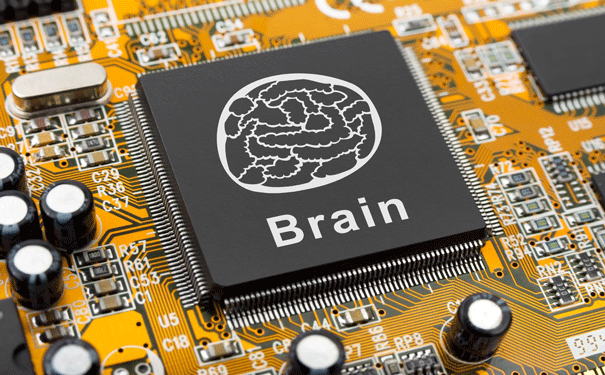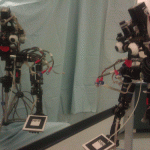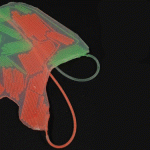
A new bionic device uses the power of the brain. Image: Shutterstock
Implantable fuel cells harvest energy from the brain.
New research from a team of scientists at the Massachusetts Institute of Technology arouses the tantalising image of a futuristic scenario where cities are powered by the inhabitants’ brains. The researchers designed an implantable glucose fuel cell that generates electricity from the cerebrospinal fluid (CSF) around the brain and spinal cord.
Unfortunately these devices generate only a few hundred microwatts of power, so the mind-powered city scenario will probably remain fictional for some time. However, the researchers expect the implants could allow paralysed patients to regain the ability to move their limbs, which is no small feat.
“We envision [the fuel cells] powering brain-machine interfaces for paralysis in the medium-term, or in the long-term, those for blindness or deep-brain disorders,” said Rahul Sarpeshkar, lead scientist of the study published in PLoS One.
A major problem with existing bionic devices is the disruption they cause to local tissue in the body. Many implants have a short lifetime and have to be surgically replaced after several years.
The novel feature of this device is the use of CSF to harvest energy. The researchers explained that CSF is a well-suited physiological material for implanted devices for a number of reasons.
“[CSF] is virtually acellular, it is under minimal immune surveillance, it has a hundred-fold lower protein content than blood and other tissues and is therefore less prone to inducing biofouling of implanted devices,” said the researchers.
The micro-implant is a single silicon wafer, which catalyses an electrochemical reaction to generate power. Glucose from the CSF is oxidised at the surface of a platinum anode, and oxygen is converted to water via nanotubes embedded at the cathode end of the cell.
The researchers tested the device in saline solution that simulated CSF and found that it had no adverse physiological effects. They also determined that the rate of glucose consumption would not have a negative impact on the amount of glucose available for the brain and body to use in normal functioning.
Adam Heller, a chemical engineer at the University of Texas, Austin, told Science Now that the device looks promising but still needs to be tested on animals.
Source: Science Now






